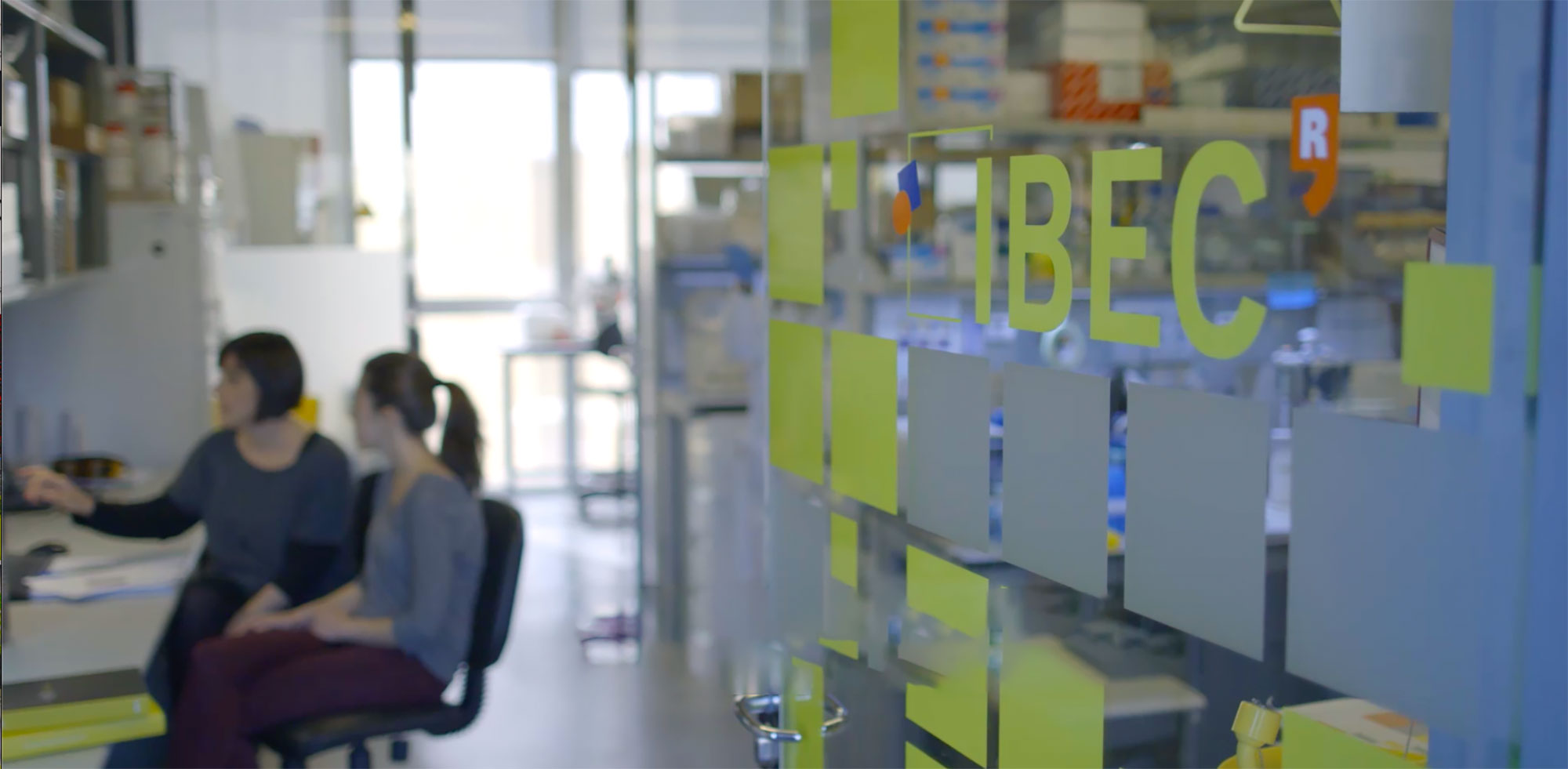Shuqin Chen
Staff member publications
![]() Martinez, Anthony Jesus, Basharat, Majid, Chen, Shuqin, Sanchez, Samuel, Villa, Katherine, (2025). Flow-Active Liquid Marbles as Microreactors for Photocatalytic Micromotors Small 21, e05439--
Martinez, Anthony Jesus, Basharat, Majid, Chen, Shuqin, Sanchez, Samuel, Villa, Katherine, (2025). Flow-Active Liquid Marbles as Microreactors for Photocatalytic Micromotors Small 21, e05439-- ![]()
Self-propelled micromotors have shown promise for applications in environmental remediation, sensing, and biomedicine. However, assessing their performance in realistic, 3D microenvironments with dynamic boundaries and complex topography remains a key challenge. Achieving controlled motion and enhanced reactivity under such confinement is critical for both technological applications and fundamental studies on active matter. Here, the integration of light-driven micromotors with liquid marbles is presented, which are gas-permeable droplets encased by hydrophobic particles that act as dynamic, flow-active microreactors. By tuning the coverage of the particulate shell, partially covered liquid marbles are developed that exhibit robust evaporation-induced flows, increasing the average micromotor velocity by approximately threefold compared to sessile droplets. Under illumination, photocatalytic self-propulsion provides an additional velocity component and promotes micromotor dispersion. The combined circulation enhances mass transfer, guiding micromotor accumulation and transport while providing an optical transparent, soft-confinement platform for studying active particles and confined catalytic reactions.
JTD Keywords: Active matter, Liquid marbles, Marangoni flow, Photocatalysis, Self-propelled micromotors
![]() Lin, Jinwei, Guan, Qiaoxin, Feng, Jiangqi, Chen, Shuqin, Xu, Leilei, Guan, Jianguo, Sanchez, Samuel, (2025). Interactions Between Active Matters and Endogenous Fields Advanced Materials 37, e03091
Lin, Jinwei, Guan, Qiaoxin, Feng, Jiangqi, Chen, Shuqin, Xu, Leilei, Guan, Jianguo, Sanchez, Samuel, (2025). Interactions Between Active Matters and Endogenous Fields Advanced Materials 37, e03091 ![]()
Active matter, encompassing both natural and artificial systems, utilizes environmental energy to sustain autonomous motion, exhibiting unique non-equilibrium behaviors. Artificial active matter (AAM), such as nano/micromotors, holds transformative potential in precision medicine by enhancing drug delivery and enabling targeted therapeutic interventions. Under the demand for increasing intelligence in AAM, controlling their non-equilibrium processes within complex in vivo environments presents significant challenges. Endogenous fields-biological fields generated within living systems-play a pivotal role in guiding natural active matter's (NAM) directional migration and collective transformations, offering a strategy for in vivo control of non-equilibrium systems. Research in NAMs-inspired AAMs spans biology, chemistry, materials science, engineering, and physics, yet communication barriers among disciplines often impede progress. This review seeks to bridge these gaps by summarizing the key characteristics of chemical and physical endogenous fields in biological contexts such as tumors, wounds, and inflammation. It explores how natural and artificial active matter sense, transmit, and execute responses to these fields, and discusses how insights from natural systems can inform the design of synthetic counterparts. Potential issues and prospects of this research direction are also discussed. It is hoped that this review fosters interdisciplinary collaborations and propels the development of intelligent active matter for biomedical applications.
JTD Keywords: Acoustic propulsion, Active matter, Cell-migration, Collective behavior, Endogenous fields, Exhaled breath condensate, Extracellular ph, Hydrogen-peroxide, In-vivo, Interstitial fluid pressure, Nanomotors, Shear-wave elastography, Stimuli-responsive polymers, Tumor microenvironment
![]() Padial, Tania Patino, Chen, Shuqin, Hortelao, Ana C, Sen, Ayusman, Sanchez, Samuel, (2025). Swarming intelligence in self-propelled micromotors and nanomotors Nature Reviews Materials
Padial, Tania Patino, Chen, Shuqin, Hortelao, Ana C, Sen, Ayusman, Sanchez, Samuel, (2025). Swarming intelligence in self-propelled micromotors and nanomotors Nature Reviews Materials
Living organisms, from single cells to multicellular systems, are capable of moving as a response to local stimuli using swarming intelligence, a trait researchers aim to replicate in artificial systems. Common strategies observed in natural swarms include motility towards specific signals from the environment, communication among individual units, coordination and cooperation to achieve complex tasks. Inspired by these features, the focus in bioinspired motile nanosystems has shifted from studying individual units to exploring and controlling collective behaviours. Various propulsion mechanisms including magnetic, electric or acoustic fields, as well as onboard chemical reactions, have enabled artificial micromotor and nanomotor (MNM) swarms that can move collectively as a response to environmental inputs. The controlled navigation and improved tissue penetration of MNM swarms is promising within the biomedical field, including in the active transport of medical agents. Despite these exciting advances, artificial MNMs still fall short of the complexity and autonomy seen in biological systems. This Perspective explores the collective behaviour of biological swarms and bioinspired artificial self-propelled nanosystems. We discuss how swarming intelligence applied to synthetic active nanosystems enables swarms to perform various tasks. Finally, we discuss challenges, including material limitations, information storage, communication between swarms and prospects for intelligent swarming systems.
JTD
![]() Lin, Jinwei, Chen, Shuqin, Lezcano, Florencia, Li, Zhengshang, Xu, Leilei, Guan, Jianguo, Sanchez, Samuel, (2025). Collective Dynamics of Urease-Based Nanomotors in a Chemical Gradient Small 21, 2502212
Lin, Jinwei, Chen, Shuqin, Lezcano, Florencia, Li, Zhengshang, Xu, Leilei, Guan, Jianguo, Sanchez, Samuel, (2025). Collective Dynamics of Urease-Based Nanomotors in a Chemical Gradient Small 21, 2502212 ![]()
Gradients are widespread in nature, including within the human body, making the study of nanomotors' collective dynamics in gradients crucial to advancing biomedical applications and deepening the understanding of natural active matters. However, the comprehensive understanding of nanomotors' collective dynamics under gradients remains underexplored, particularly. This study employs urease-based nanomotors (UrNMs) as a model system to explore their collective dynamics within a urea gradient, revealing three fundamental principles that govern their behavior: density-driven convection, UrNMs' response to the urea gradient, and a coupling effect between UrNMs and their environment. Initially, migration is dominated by convection-induced motion arising from the steep gradient. As convection gradually diminishes, UrNMs' positive response to the urea gradient becomes the dominant factor governing their migration. Notably, the coupling effect between nanomotors and the gel, plays a crucial role in the migration process. This coupling effect arises from hydrogen bonding between product anions and the gel, which generates ionic gradients. The dominant influence of electric force is validated by pH-controlled experiments. These insights advance the fundamental understanding of gradient-responsive nanomotor behavior and offer inspiration for the design of intelligent, environment-sensitive active systems.
JTD
![]() Chen, Shuqin, Peetroons, Xander, Bakenecker, Anna C, Lezcano, Florencia, Aranson, Igor S, Sanchez, Samuel, (2024). Collective buoyancy-driven dynamics in swarming enzymatic nanomotors Nature Communications 15, 9315
Chen, Shuqin, Peetroons, Xander, Bakenecker, Anna C, Lezcano, Florencia, Aranson, Igor S, Sanchez, Samuel, (2024). Collective buoyancy-driven dynamics in swarming enzymatic nanomotors Nature Communications 15, 9315 ![]()
Enzymatic nanomotors harvest kinetic energy through the catalysis of chemical fuels. When a drop containing nanomotors is placed in a fuel-rich environment, they assemble into ordered groups and exhibit intriguing collective behaviour akin to the bioconvection of aerobic microorganismal suspensions. This collective behaviour presents numerous advantages compared to individual nanomotors, including expanded coverage and prolonged propulsion duration. However, the physical mechanisms underlying the collective motion have yet to be fully elucidated. Our study investigates the formation of enzymatic swarms using experimental analysis and computational modelling. We show that the directional movement of enzymatic nanomotor swarms is due to their solutal buoyancy. We investigate various factors that impact the movement of nanomotor swarms, such as particle concentration, fuel concentration, fuel viscosity, and vertical confinement. We examine the effects of these factors on swarm self-organization to gain a deeper understanding. In addition, the urease catalysis reaction produces ammonia and carbon dioxide, accelerating the directional movement of active swarms in urea compared with passive ones in the same conditions. The numerical analysis agrees with the experimental findings. Our findings are crucial for the potential biomedical applications of enzymatic nanomotor swarms, ranging from enhanced diffusion in bio-fluids and targeted delivery to cancer therapy. Enzymatic nanomotors exhibit collective behaviour in fuel-rich environments, forming swarms with enhanced propulsion and coverage. This study investigates the factors affecting swarm movement, revealing that solutal buoyancy drives their motion, with potential biomedical applications like targeted drug delivery.
JTD Keywords: Ammonia, Behavior, Carbon dioxide, Catalysis, Computer simulation, Kinetics, Motion, Nanostructures, Powered nanomotors, Propulsion, Urease, Viscosity

